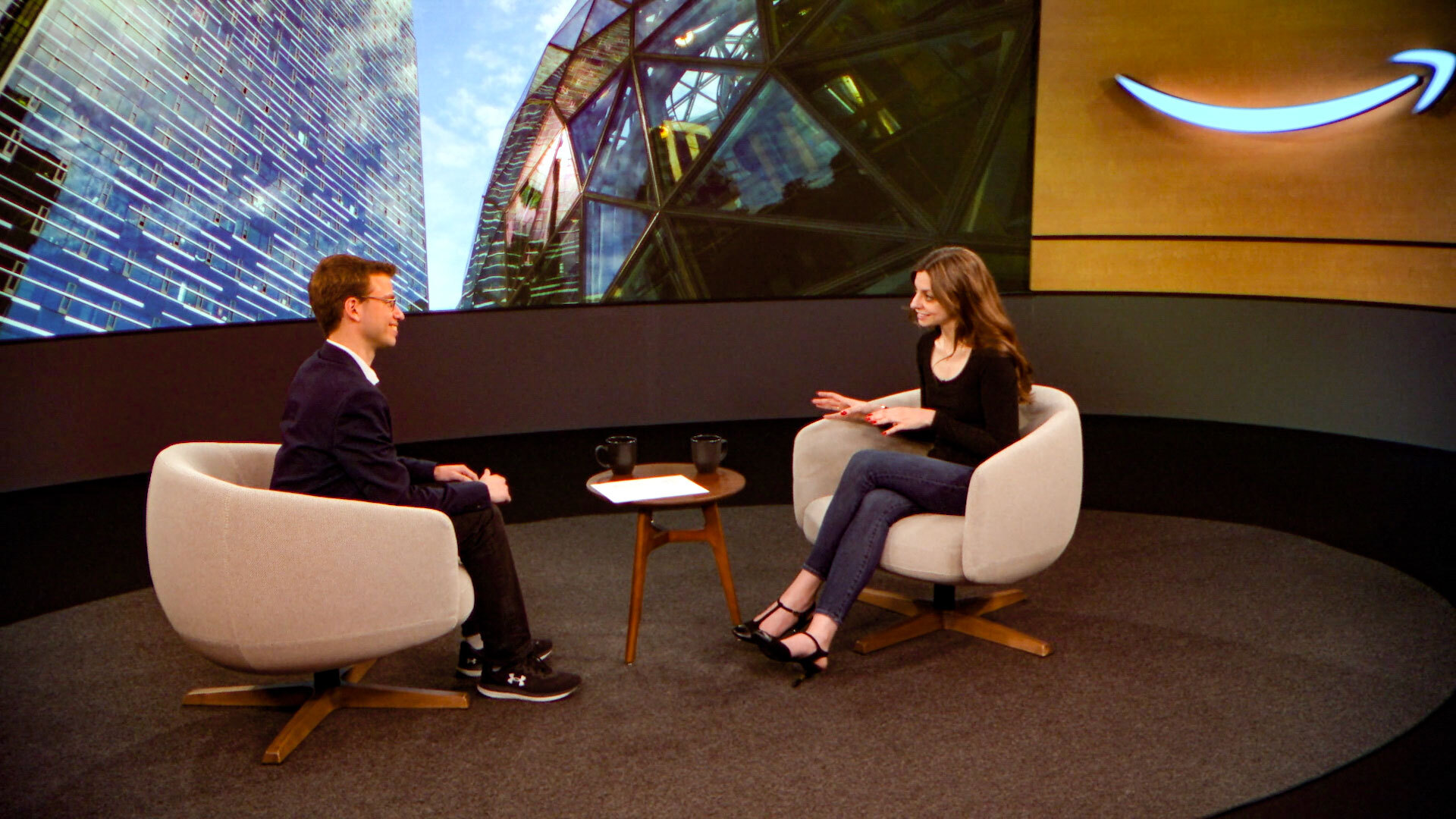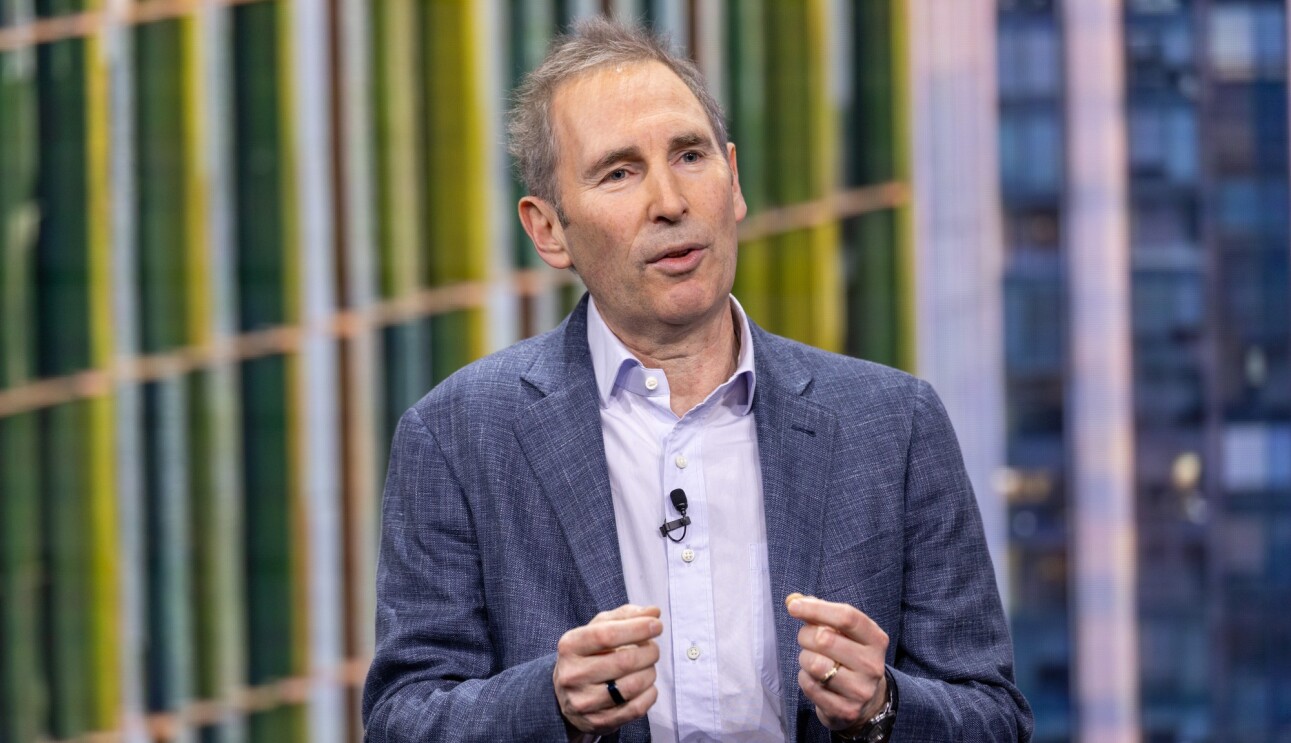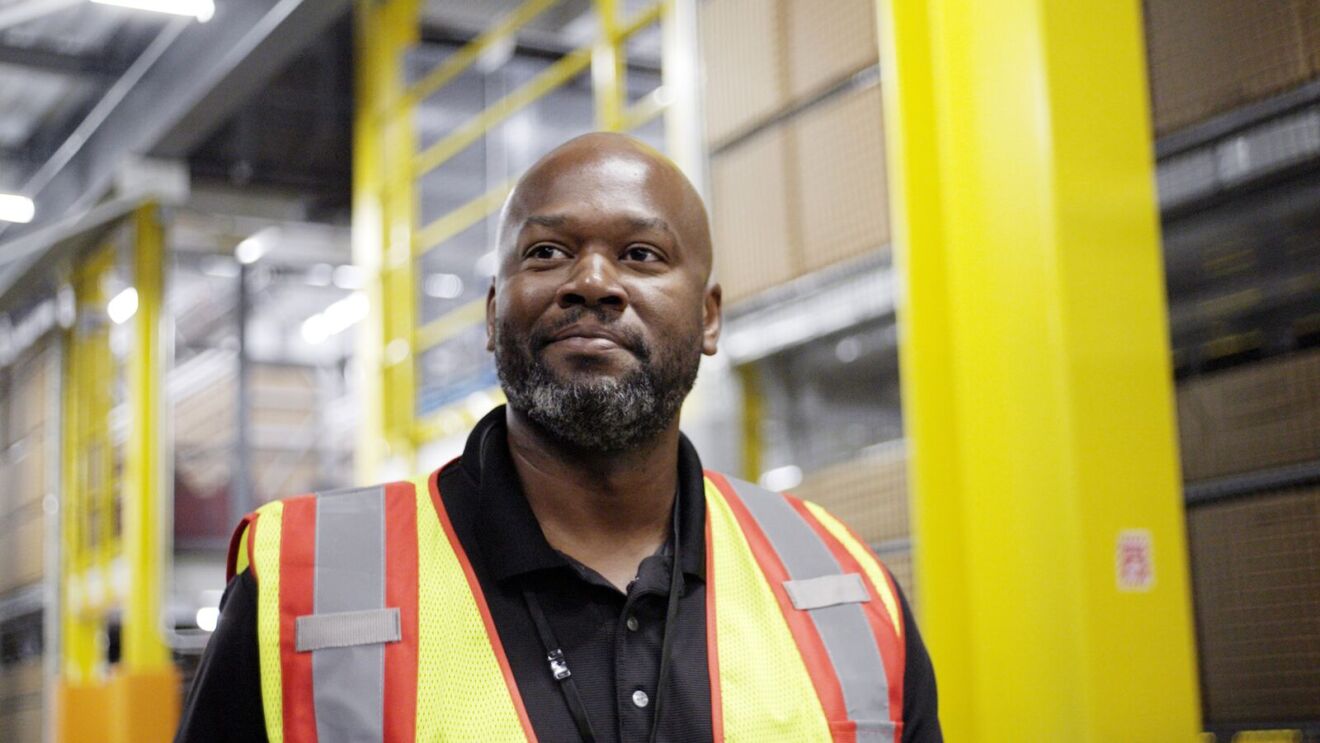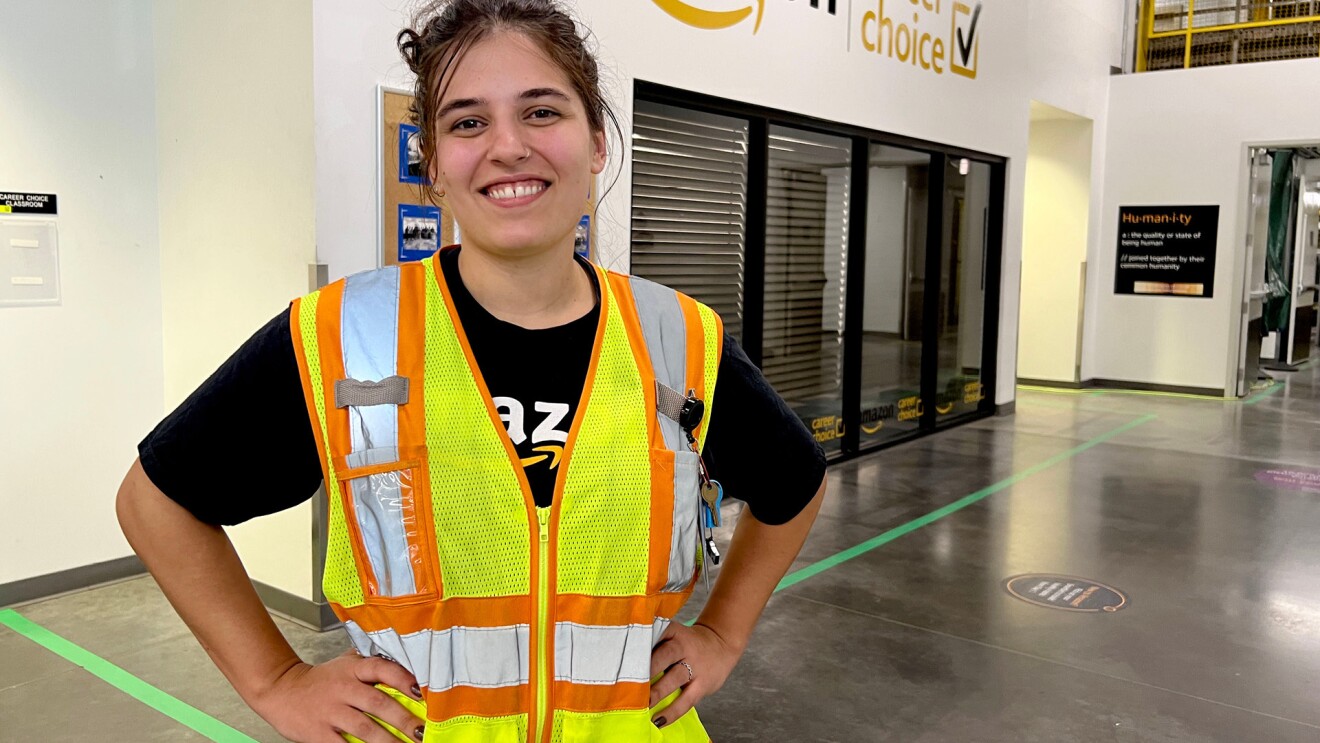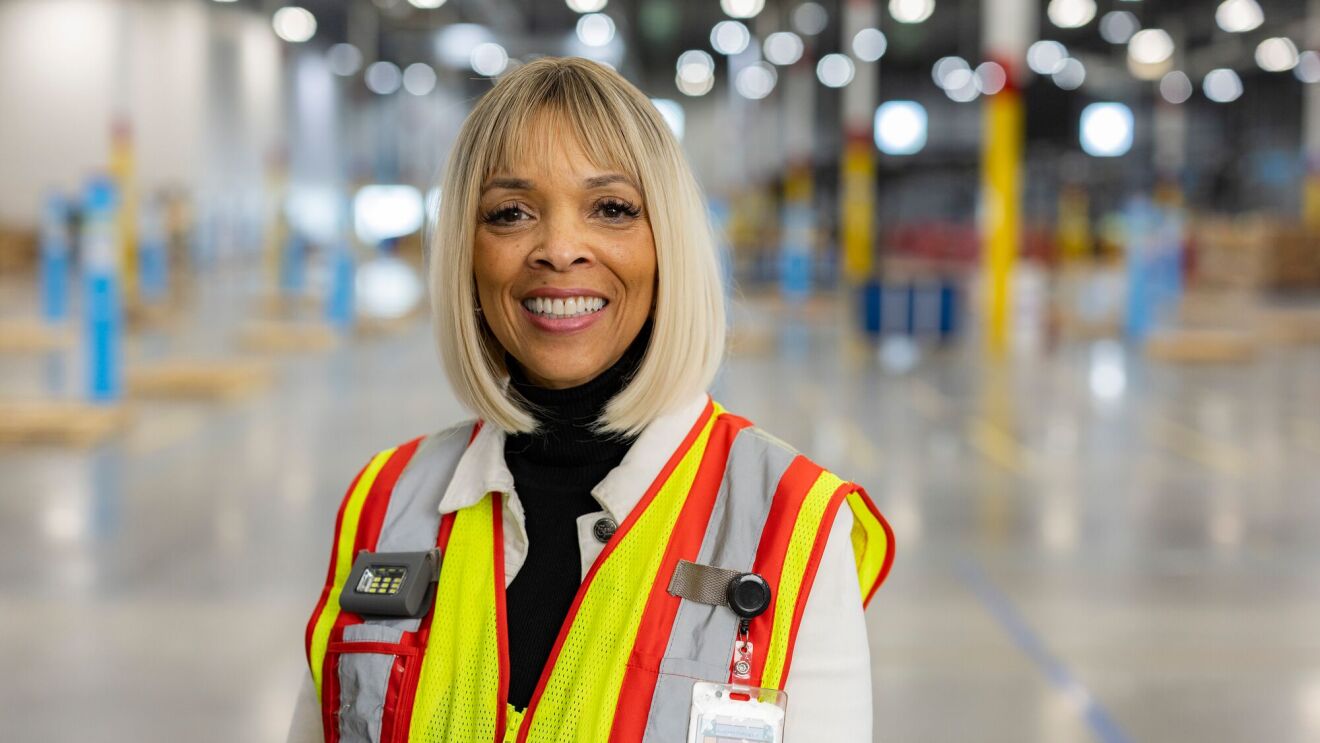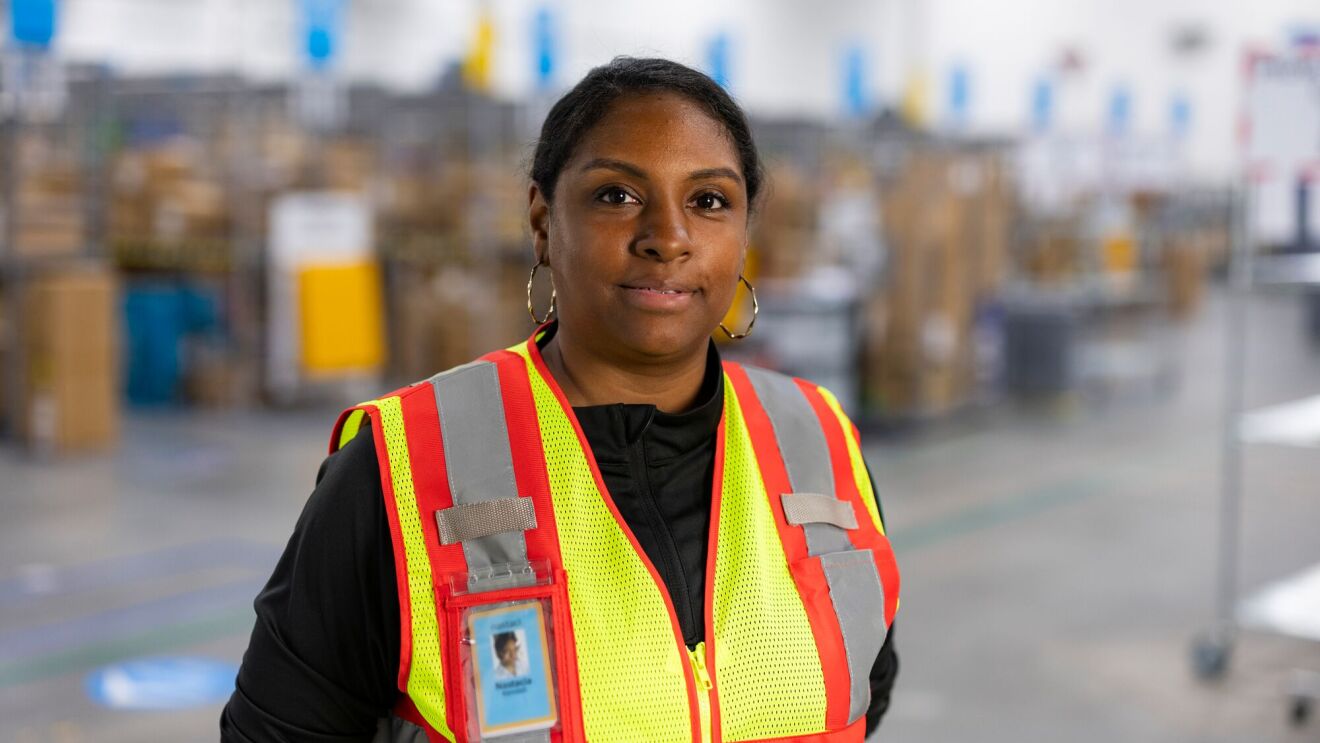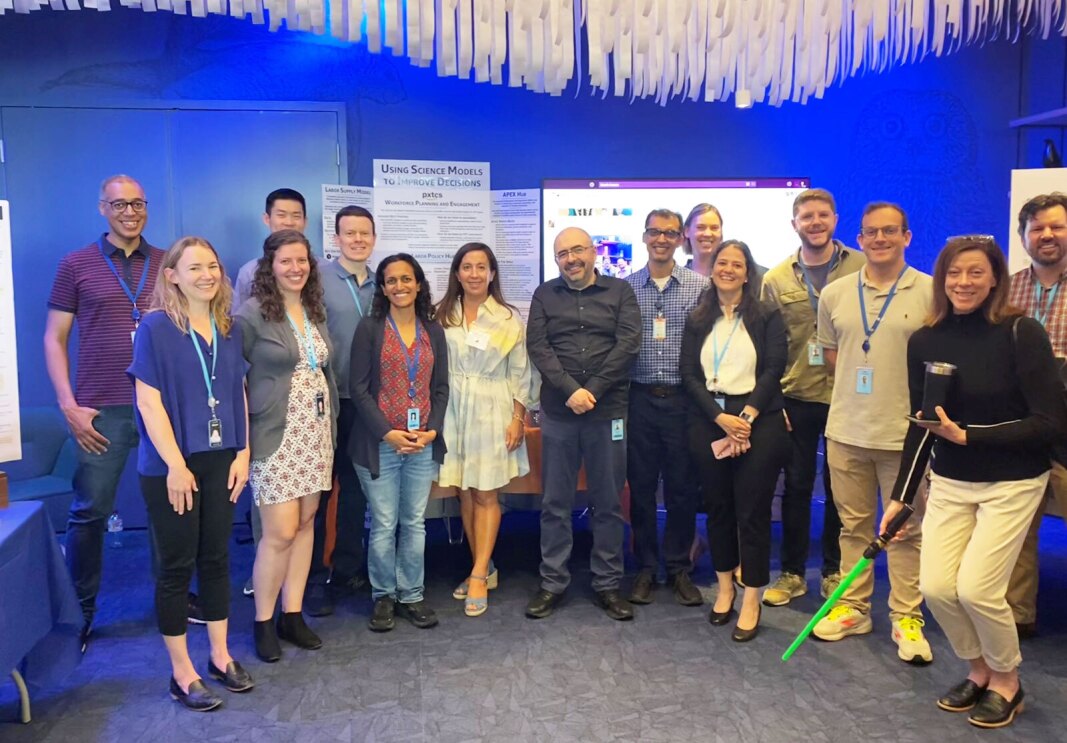 Hastings and members of the PXT Central Science Team at the 2023 PXT Director’s Summit SciTech Showcase.
Hastings and members of the PXT Central Science Team at the 2023 PXT Director’s Summit SciTech Showcase.Page overview
Teamwork makes the dream work.
Across industries, the challenges we face are large-scale, complex, and ambiguous. Solving them takes a diverse team of people with unique skills, specializations, and perspectives. Together, they accomplish much more than they could alone. One of the things I enjoy most about solving complex science problems at scale is creating the opportunity for people to come together and work as a team. Facilitating those magic moments where people think bigger and deliver better outcomes is most rewarding to me. This only happens when teams forget themselves and focus on accomplishing a mutual goal together—for example, solving a customer need.
Inclusive leaders work to hear all ideas and encourage people from all backgrounds to bring their ideas to the team. I remember when I was a junior faculty member working to get tenure in a field with few tenured women. A senior colleague told me that he struggled to appreciate my science contributions in seminars because women sound different than men. I felt discouraged, but then determined that I would work to carefully hear ideas no matter what tone or dialect they are delivered in. Important ideas come from a diversity of leaders with unique backgrounds and experiences. My job as a leader—and a human—is to work to understand others so that everyone has the opportunity to contribute their best. I strive to get better at hearing and understanding each person every day.
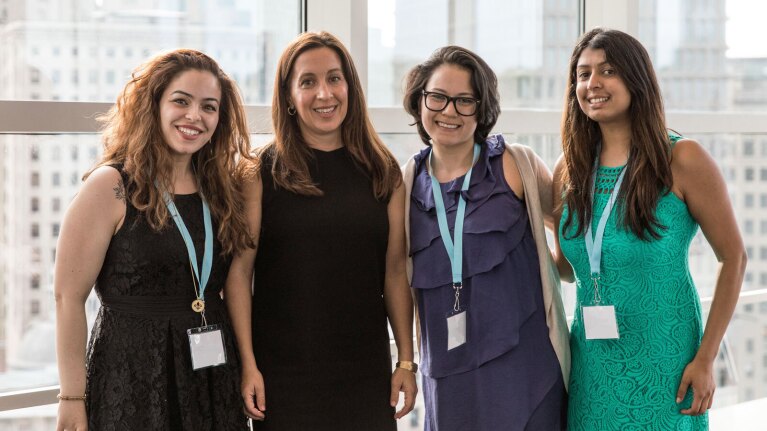 Hastings with students at the 2017 Women in Leadership Conference at Brown University.
Hastings with students at the 2017 Women in Leadership Conference at Brown University.It can be hard to step forward to lead when you are the only one from your background in the room. I was often the only woman in the room at academic events. Social norms for women can discourage self-confidence and ambition. One of my favorite research papers shows that female MBA students shade their stated ambitions on internship applications when their application would be shared publicly. When you see a problem and have an idea for a solution, ask yourself: “Why not me?” Why shouldn’t you be the source of and leader for the solution? The worst that can happen is that you fail, learn something, and try again. The best that can happen is that you achieve something meaningful with bravery, determination, and hard work, and in so doing, encourage others to do the same.
Leading from an underrepresented background presents specific challenges. Leading will be hard, and the research is clear on this. For example, a recent study showed that in online Economics forums, when women scholars were discussed, the topic was their physical appearance and top words used were explicit; when men were discussed, the topics pertained to their scholarship and research. To advance in society, we must find mentors to learn from. Beth Galetti is a key mentor of mine. Beth insists on the highest standards while leading with empathy. She is always there to gut-check my ideas and approaches, helping me hone my “Are Right, A Lot” skills with her deep and broad experience. Amazon is full of amazing women mentors who can provide perspective on what’s ahead by saying, “I’ve been there before. Here is what I did.” Find professional women’s groups and participate in them. Take time to share your experiences with mentees. Talk about the ugly things you’ve experienced. They become less ugly and your mentees gain courage.
To successfully address human problems, we must get specific and dive deep into the root cause of a problem, and that starts with getting to know the people behind the data. We must always work to personally understand the experiences of those who will be impacted by the solutions we’re seeking to develop. Once you understand the true experience of the customer you’re aiming to impact, you can identify the best methods to solve their problems. Combine methods. Solving complex problems often needs multiple methodological approaches. If you don’t specialize in a needed method, find someone who does and collaborate. You’ll have an opportunity to learn something new and deliver significant impact. Always put your customer at the center of every science tool you create, and use the best combination of methods to deliver meaningful, measurable results.



